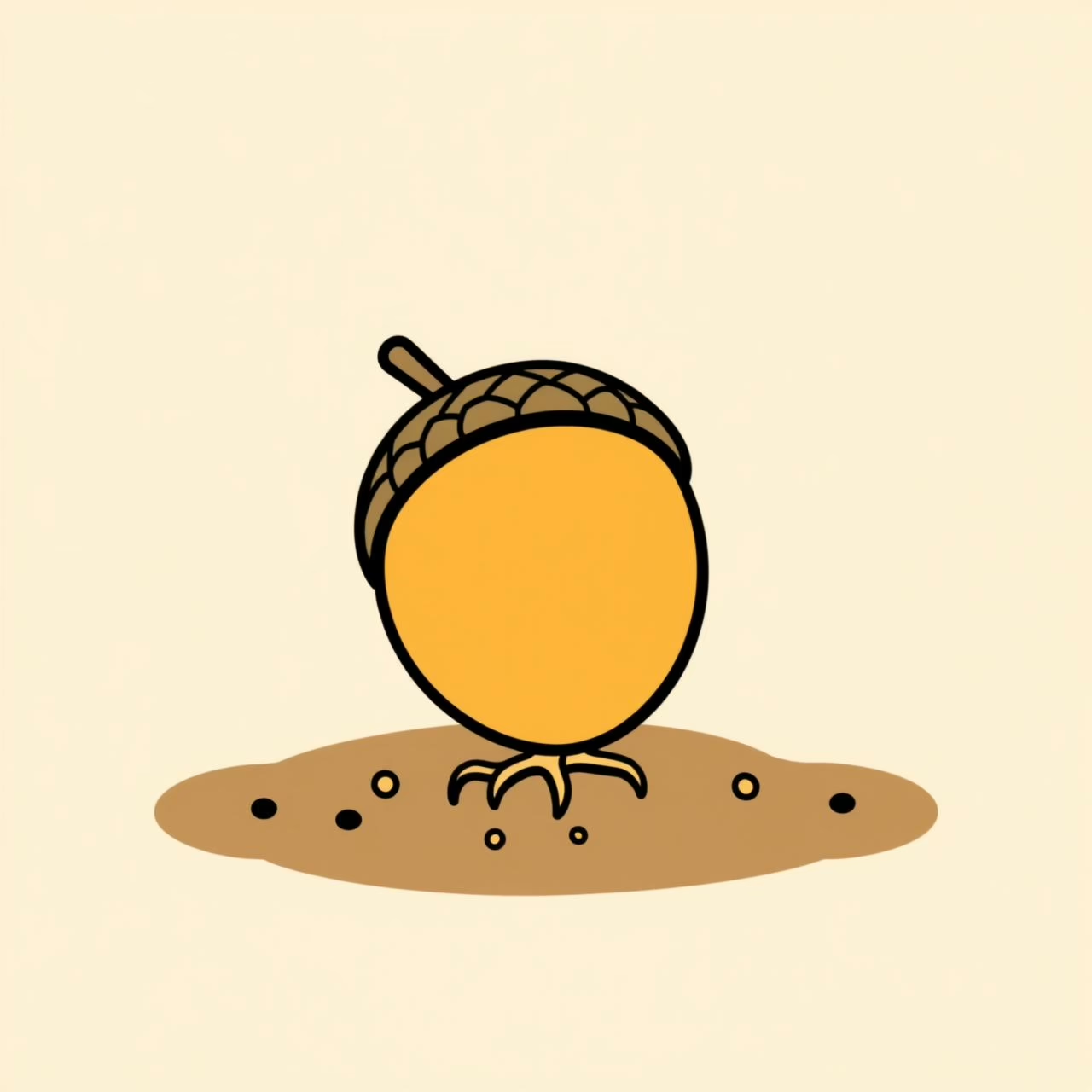
Tiny Chips, Big Lessons for Growing Futures
You know that heart-pounding moment when your kids miss the school bus and sprint after it with backpacks bouncing? Now imagine an entire nation doing that very same thing with technology. India’s big announcement—finally manufacturing their own semiconductor chip after decades of hesitation? It’s more than just headline news; it’s a mirror reflecting back at us parents as we navigate raising little ones in this world where tech changes faster than playground rumors! How do we help our children when they feel like they’re constantly trying to catch up? Where ‘falling behind’ isn’t failure but actually the fuel for their next giant leap? C’mon, grab your favorite mug, and let’s chat about what these tiny chips teach us about raising resilient kids in our digital age.
How Can We Help Kids Catch Up in Tech Race?

Remember when semiconductors felt invisible? Like the wind rustling trees—powering every tablet, robot toy, or smartwatch without us ever blinking. India’s story? It hits close to home that feeling of when you’re just a little behind. Back in the ’80s, they were only two years behind global semiconductor technology. Today? Twelve generations lagging, as Union Minister Rajeev Chandrasekhar shared. That gap really stopped me in my tracks—until I saw it’s no different from when my daughter spills paint all over the table trying a new craft. It’s not about getting it perfect right away; it’s about showing up again tomorrow. India’s government finally jumping in with $10 billion to build chip factories—thanks to big projects like Tata Electronics’ $10 billion fab—reminds me of something we know deep down in our parenting bones: perfect timing isn’t everything. What really matters is picking yourself up and trying again.
What Our Kids Can Learn from Falling Behind

Here’s a little secret about semiconductors—they’re secretly the heartbeat of every device our children use to learn, create, and connect with friends. And India’s journey whispers a powerful lesson straight to us parents: being ‘behind’ isn’t dead weight holding you down. It’s actually the perfect runway for takeoff! Think about it. When your child struggles with a tricky puzzle, that frustration they feel? That’s actually the tiny spark before the glorious ‘aha!’ moment explodes in their eyes. India missed several decades of opportunities—intellectual property hurdles, slow policy moves—but now they’re leveraging their secret weapon: 20% of the world’s chip design talent! That’s pure genius waiting to flourish! Similarly, our kids don’t need to be the ‘first one’ in coding camp or robotics class. They need our steady reassurance that curiosity—not competition—is what truly builds futures. It’s like planting seeds in soil: some sprout incredibly fast while others need more seasons to catch up. But in the end, both types of seeds feed our beautiful garden.
Nurturing Curiosity in a Changing World

So how do we actually turn this national ‘catch-up’ story into practical wisdom for our families? Start small! Swap those passive screen routines for shared tinkering time—build a cardboard robot together late one afternoon, then chat about the tiny chips making it ‘think’. India’s semiconductor mission shows it’s honestly never too late to ignite passion. Their Vikram 32-bit processor, dreamed up by scientists at ISRO’s lab, began as just a humble test chip. That’s the pure magic: big dreams fitting perfectly into miniature packages. For our kids? Let them see technology as something playful, not pressure-packed! If they build a wobbly tower from blocks, celebrate the wonderful balancing act they achieved. If they successfully debug a simple app, highlight their amazing detective work. Just last week, my neighbor’s son turned a spilled juice accident into a ‘liquid circuit’ experiment during playtime—messy, joyful, and absolutely brilliant! That wonder we seek for our kids? It’s not found in perfect outcomes; it’s hiding right in the middle of the trying process. Why not set aside just 15 minutes tonight to ask: ‘What’s something new YOU want to try, even if you might stumble a bit?’ Then watch how their eyes light up with possibilities!
The Joyful Art of Catching Up

India’s chip story isn’t a race they’ll win overnight—and thank goodness for that, because that’s exactly how real life works! Four years into their mission, projects like Micron’s $2.75 billion factory are sprouting hope and meaningful jobs for communities. This patient approach feels so familiar, doesn’t it? It reminds me of teaching a child to ride a bike: those initial wobbles, scraped knees from falls, then that incredible moment when they suddenly take flight! Our job as parents? To be that steady hand behind them that knows exactly when to let go. Balance screen time not with rigid, military-style limits, but with invitations to ‘real-world magic’—collect fallen leaves for a science project, bake cookies together while measuring fractions, or chase fireflies in the park as dusk falls. Technology isn’t the villain in our story; it’s just a tool. When my daughter looks up at me with curious eyes and asks how her tablet ‘knows’ stories, I smile and tell her: ‘Someone, somewhere in the world kept building and creating, even when they felt they were falling behind.’ That’s the legacy we gift our children: the courage to get back up and try again, time after time. So the next time they sigh about a tough homework problem, hug them gently and remind them: This is exactly where your beautiful wings begin to grow. Because the most precious things—whether tiny computer chips, precious childhoods, or big dreams—they all take time, patience, and love to truly shine!
Source: Semiconductor: India missed the chip bus. Now it’s playing catch up, Economic Times, 2025/09/02 14:15:39
